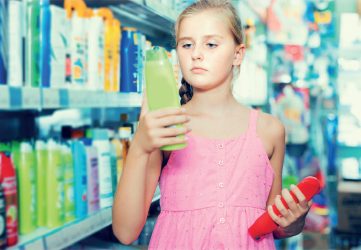COLOR PREFERENCES
Color preference is an important aspect of visual experience, but people know little about why they like some colors more than others.
Would you like to drink brown tomato juice? (e.g) ................................................a................................................... . Probably not. This is because we base many of our choices on colors, usually without our realization.
The powerful influence of color rules our choices in everything from the food we eat and the clothes we wear to the cars we buy. ................................................................................. (1). Such shoppers will gladly pay hundreds of dollars more to possess a vehicle in a different color, or they will reject the green car and select an entirely different automobile in a color they favor. We all do this even though the color has absolutely no influence on the performance of the automobile. However, someone else will feel exactly the opposite about buying a green car. These individuals will gladly agree to pay more to purchase a vehicle in the green tone they like. Many people are not aware that they make these choices with the influence of the mysterious power of color. So, where do our color preferences come from?
Psychologists Stephen Palmer and Karen Schloss of UC Berkeley tested the theory that human color preference is adaptive. This is the idea that the preference for color is determined by the emotional response to everything the individual associates with the color. Positive emotional experiences with a particular color are likely to increase the possibility to develop a preference for that color. ................................................................................. (2) The results of Palmer and Schloss’ study revealed that people like colors associated with clear sky and clean water such as light blue and dark blue, and dislike colors associated with negative reactions. Brown, for example, is associated with rotting food and dirt.
As experiences are a big influence on color choices, color preferences tend to change as people grow up. In a psychological study, it was found that the favorite color of 3-4-year-olds was red while it was blue for adults. Psychologists think that adults learn to associate red with negative things, such as blood and poison. ................................................................................. (3).

